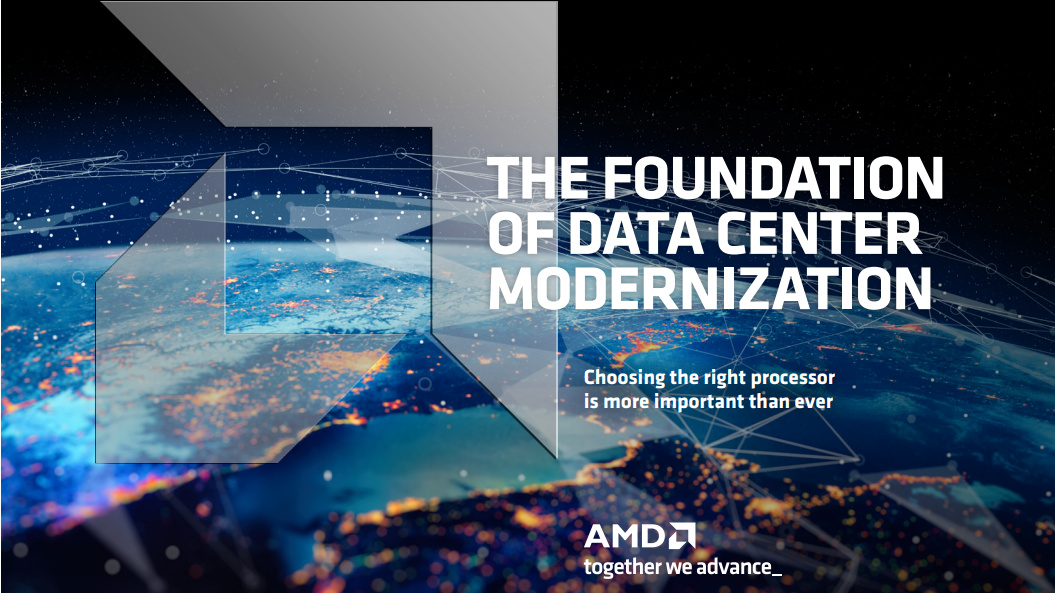What is a green data center and why are they attracting big investment?
As compute demands increase, green data centers offer a sustainable path for workload expansion
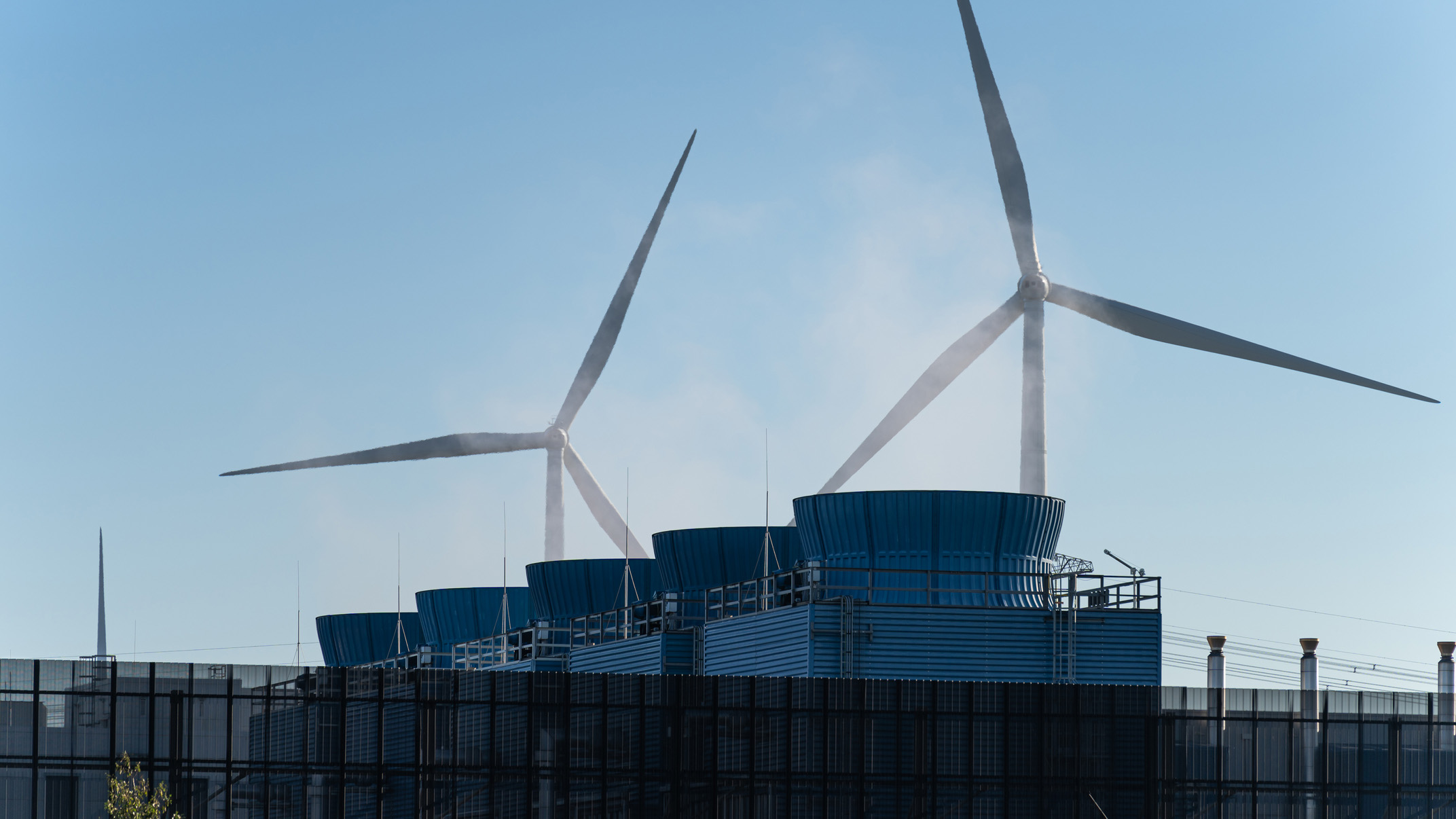

Green data centers are fast becoming the norm and not the exception in enterprise data center portfolios, whether on-premises, in the cloud, or hybrid.
That’s because IT leaders face more pressure than ever to integrate sustainable practices into data center operations. That pressure stems from a combination of stakeholder requirements for data on Environmental Sustainability and Governance (ESG) practices, compliance with national and regional sustainability laws, and alignment with industry certification mandates.

That pressure will hit IT leaders’ compensation packages.
“By 2027, 25% of CIOs will see their personal compensation linked to their sustainable technology impact,” writes Autumn Stanish, senior principal analyst at Gartner. “Responsibilities for sustainability are increasingly being passed down from CIOs to infrastructure and operations (I&O) leaders to improve IT’s environmental performance, particularly around data centers,” Stanish adds.
With this mounting pressure, IT leaders need a fast track to understanding and leveraging green data centers to meet sustainability goals.
Green data centers defined
Green data centers feature technology and design strategies that lessen negative impacts on the environment from data center operations.
What constitutes a green data center can vary, but it’s quickly becoming codified by organizations such as the green building gold standard program Leadership in Energy and Environmental Design (LEED). Other certification groups include Green Globes, Green Star, Living Building, The Uptime Institute, and the National Green Building Standard.
Sign up today and you will receive a free copy of our Future Focus 2025 report - the leading guidance on AI, cybersecurity and other IT challenges as per 700+ senior executives
RELATED WHITEPAPER
As the definition solidifies and international standards for green data centers emerge, companies will be able to prove their environmental credibility and show stakeholders and customers they aren't engaged in greenwashing.
In addition to certifications, laws are emerging as a dependable source of clarity on green data center requirements. Singapore and Germany are just two on the growing list of countries mandating sustainability benchmarks for data centers.
Characteristics and examples of green data centers
- E-waste management: E-waste such as decommissioned servers, networking equipment, and other hardware pile up as enterprises retrofit their hardware stack to better handle high-performance computing (HPC) and generative AI workloads.
- Energy efficiency: A few signs of an energy-efficient data center include a low Power Usage Efficiency (PUE) number of between 1.0 and 1.8, air temperature management, and transparency on its energy sources.
- Water management: Several large data center operators such as Amazon Web Services (AWS) and Google Cloud Platform (GCP) pledge either zero or positive water usage by 2030. Data centers use millions of gallons of water for cooling systems, sometimes in areas facing shortages of safe drinking water.
- Waste heat reuse: As data centers work to keep their buildings cool, the hot air has to go somewhere. Smart municipalities connect with local data centers to capture, store, and re-distribute heated air to warm the homes of its citizens.
- Renewable energy: Solar, wind, geothermal, hydrogen, and nuclear feature most prominently in the list of renewable energy sources. They each have risks and rewards, with the most popular being solar and wind power in the form of power purchase agreements and renewable energy certificates/credits.
Green data centers vary quite widely in form depending on cost, location, and the individual needs of the firm behind them. Designs include:
- Underwater data centers - The cooler ambient temperature in water allows for natural temperature control. Microsoft pioneered this approach to data center cooling in 2018’s Project Natick in which researchers submerged a sealed container filled with servers and other operational data center equipment into the North Sea. Project leaders envision underwater data centers as affordable ways to manage and deploy connectivity as close to the point of consumption as possible, thus lowering latency.
- Modular data centers - Think of a shipping container filled with all the necessary servers, connections, and infrastructure management tools to operate either partially or completely off-grid. Military entities use these to ensure fast, secure, and dependable communications.
- Outdoor air cooling – Building data centers in countries such as Iceland, Norway, Sweden, Finland, and other cold-weather countries helps cool workloads without excessive costs or potentially carbon-intensive energy sources. A downside of cool climates is they can be remote, which can negatively impact latency.
Energy-efficient data centers
Energy-efficient data centers depend on design and strategy to streamline data center operations until energy usage is at optimal levels possible. There are several designs and strategies including:
- Evaporative cooling – This type of cooling reduces the electrical energy load but increases the need for water at a data center.
- Cold and hot aisle management – Smart data center design includes air flow management, moving hot air produced by servers down one aisle while ushering in cold air into another aisle.
Depending on budgets, IT leaders can look at hardware replacements to increase energy efficiency. Each generation of servers can improve energy efficiency in its design, with incremental efficiency improvements at the chip level a key way to improve the sustainability of data centers across the market.
Clean energy data centers
In contrast to energy-efficient data centers, data centers powered by clean energy reduce the negative impact on the environment by drawing power directly from renewable or low-carbon systems.
Wind and solar-powered data centers

Wind and solar power are making an increasingly large contribution to the power mix around the world, as countries embrace the cheapest and cleanest form of energy available. When businesses look to expand data centers, they are increasingly striking deals with existing renewable energy providers or helping to fund renewable energy of their own to ensure their facilities are green at the point of use.
For example, Cisco’s aim for 100% renewable operations in Europe has led it to sign a commitment with Spanish renewables firm IGNIS to construct a solar farm in the provide of Aragón. Google and Amazon have also signed agreements with utility firm ENGIE to purchase power from the Moray West offshore wind farm.
As intermittent sources of energy, wind and solar is being increasingly combined with energy storage systems to ensure power is consistently available and servers maintain uptime.
“The integration of renewable energy sources into existing power grids poses another significant challenge, as fluctuations in renewable energy production can impact data center operations,” writes Dr. Peter Efosa Ohenhen in ‘Green Data Centers: Sustainable Practices for Energy-Efficient IT Infrastructure’ published in the Engineering Science & Technology Journal.
Nuclear-powered data centers
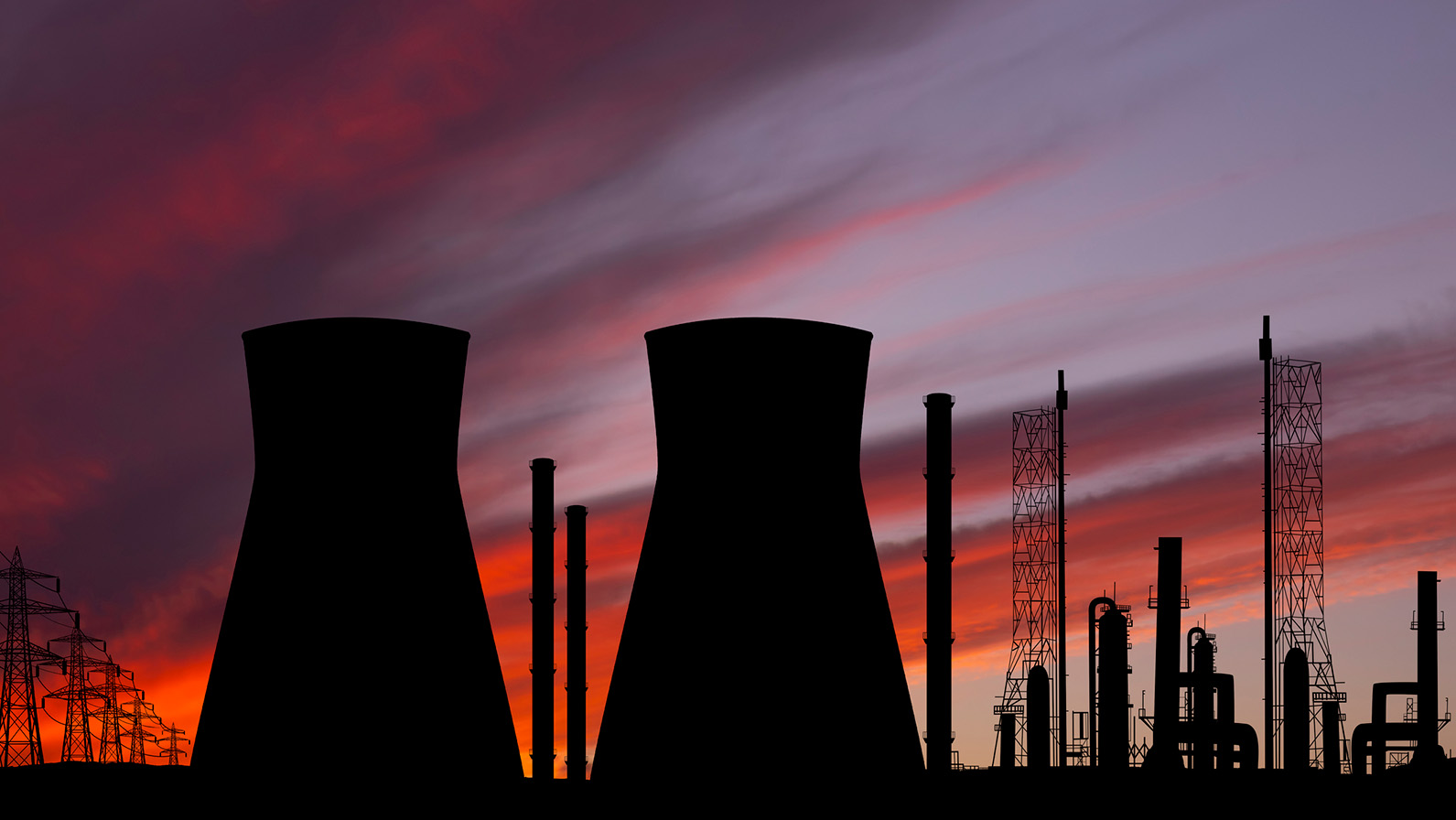
Nuclear energy is making self-contained data centers that use no external electrical grid a reality. Microsoft, for instance, announced plans to power its AI efforts with nuclear energy. France and Belgium now have nuclear power listed as a clean energy source, and US states Georgia, Pennsylvania, and Ohio have small modular nuclear reactor (SMR) projects under development now.
Hydrogen-powered data centers
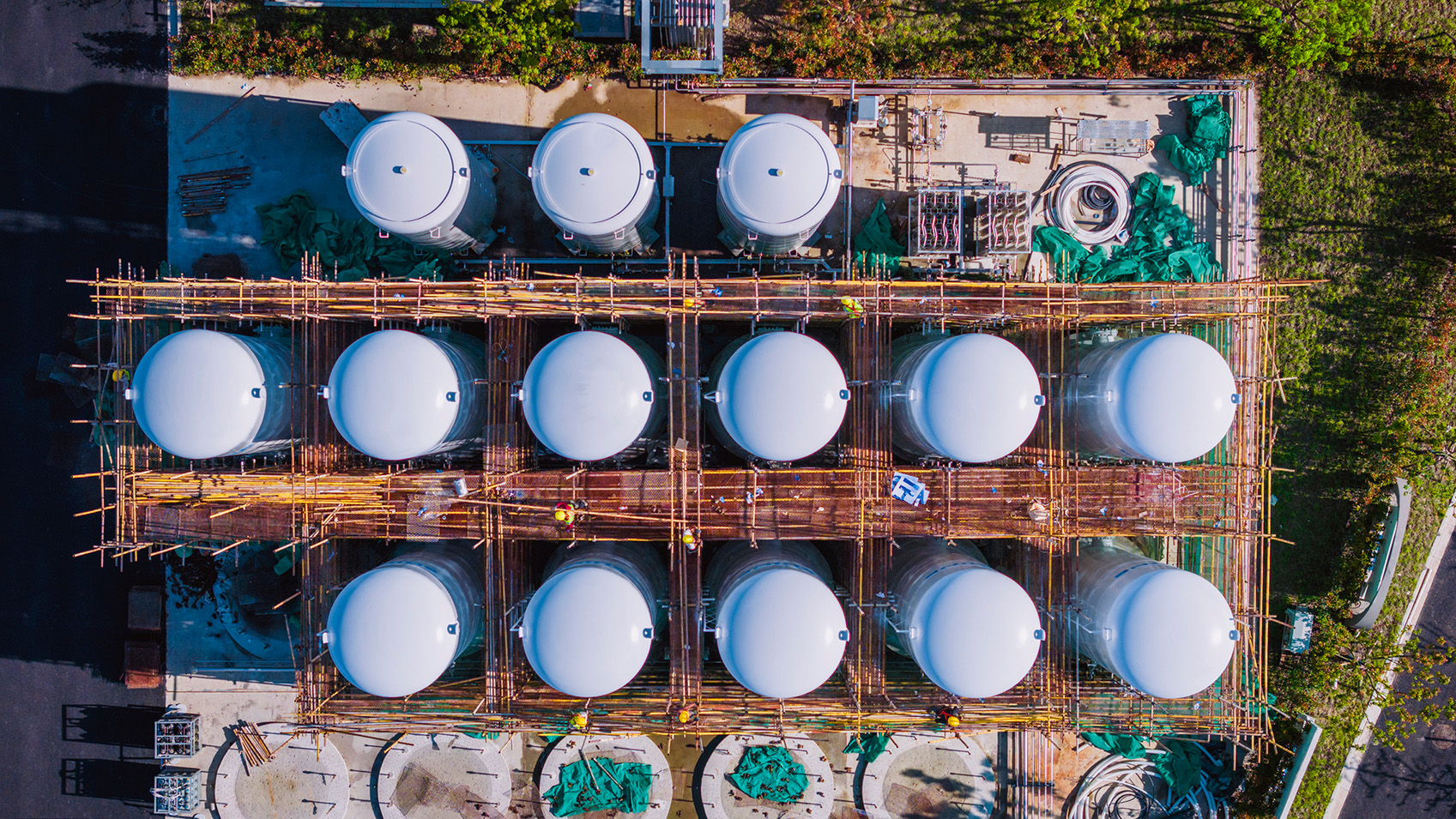
Hydrogen power is being explored as a low-carbon option for data centers, with Microsoft having tested hydrogen fuel cell for data centers in 2022. Though hydrogen power mainly produces water as its waste product, it requires other energy sources to be produced at scale through electrolysis. If these are not renewables such as solar or wind, this damages its green credentials.
Geothermal-powered data centers
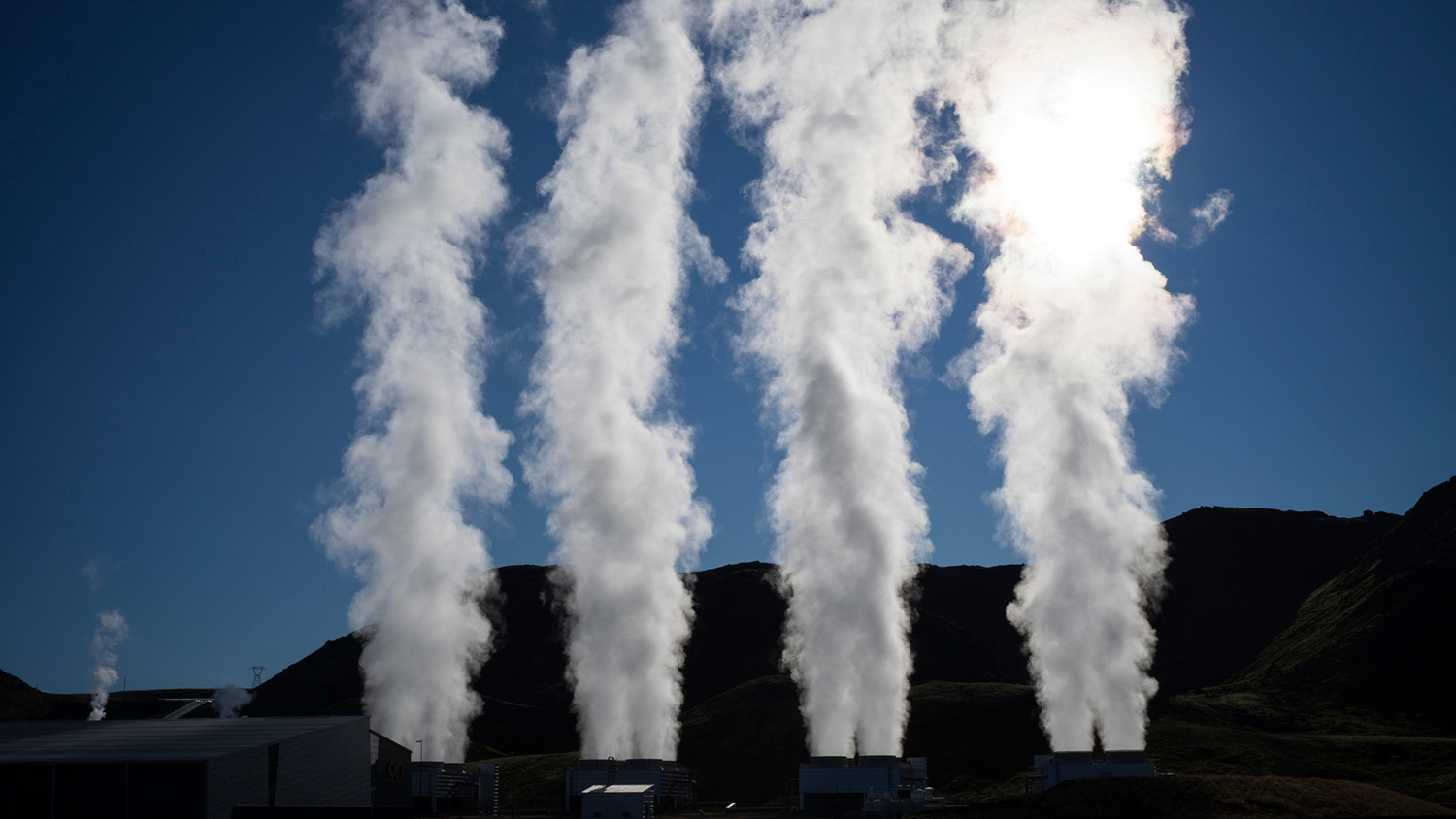
Google’s partnership with Fervo Energy just produced an operational geothermal project that produces 3.5MW of electricity for its Nevada data centers. While that’s not enough to power all of the data centers in the region, Google says it’s looking to leverage this type of energy for other parts of its data center footprint. Icelandic projects such as Opera’s new AI cluster rely on geothermal energy to a significant extent, as 27% of Iceland’s electricity needs are met by geothermal power plants.
Regional impacts on green data centers
European countries are connecting their municipal heating systems to data centers, making use of the discharged heat to warm citizens’ homes. Most recently, Scotland tapped into data center waste heat, finding innovative ways to store the heated air until it’s ready for residential use. The UK just devoted £36 million for a plan to heat 10,000 homes in London from heat produced by local data centers. Ireland, Denmark, and Germany have data center heat reuse programs underway or already in operation.
Singapore leads the way in research for data center siting in tropical climates, after a three-year moratorium on data centers that had been imposed due to sustainability concerns was lifted in 2022. Researchers at the University of Singapore are testing hydrophobic membranes to repel humidity and indirect evaporative cooling which researchers say is more efficient in tropical climates.
In the US, data center operators emphasize the availability of renewable energy infrastructure when choosing sites, according to CBRE’s North American Data Center Trends H1 2023.
They’re driven by US policy mandating data centers observe reduction requirements for Scope 1, 2, and 3 emissions. CBRE sees Montreal, Iowa, and Texas as targets for data center siting thanks to burgeoning renewable energy infrastructure.
The economics of renewable energy for green data centers
Data center operators don’t always directly invest in or use energy produced by low-carbon sources. Tools such as power purchase agreements (PPAs) and renewable energy credits (RECs) give hyperscalers and enterprises alike the chance to further environmental progress while ‘greening’ their existing data center infrastructure. Here’s how:
PPAs make power available to data centers without having to invest upfront. An independent company builds solar-powered energy systems on or near the data center’s location. The data center buys energy from the independent company thus saving startup costs and the company earns back its investment by selling energy, not only to the data center but others as well. Cisco’s deal with IGNIS in Spain is one such example of this arrangement.
RECs are “a market-based instrument that represents the property rights to the environmental, social, and other non-power attributes of renewable electricity generation,” according to the US Environmental Protection Agency (EPA). With RECs, data center companies buy credits that count towards their pledged carbon footprint reduction efforts.
The purchase of RECs funds wind and solar power farms that provide renewable energy to the electric grid. Data centers buy the ‘rights’ to the REC and use them to prove carbon neutrality.
While any company, or individual for that matter, can buy a REC, they’re usually the domain of publicly traded companies reporting on ESG efforts.
Will generative AI slow green data center growth?
As the demand for larger training models increases, so does the demand for generative AI enterprise applications. Ohenen writes that the increased demand for generative AI workloads "not only strains global energy resources but also leaves an indelible mark on the environment, contributing substantially to the carbon footprint of the technology-driven world".
This is a significant challenge to be addressed and a key reason for the increased emphasis on green data centers. The estimated energy consumption to train GPT-3 (a precursor to Chat GPT 3.5) is 1.287 gigawatt-hours, based on research by Google and UC Berkeley researchers in a 2021 research paper titled “Carbon Emissions and Large Neural Network Training.”
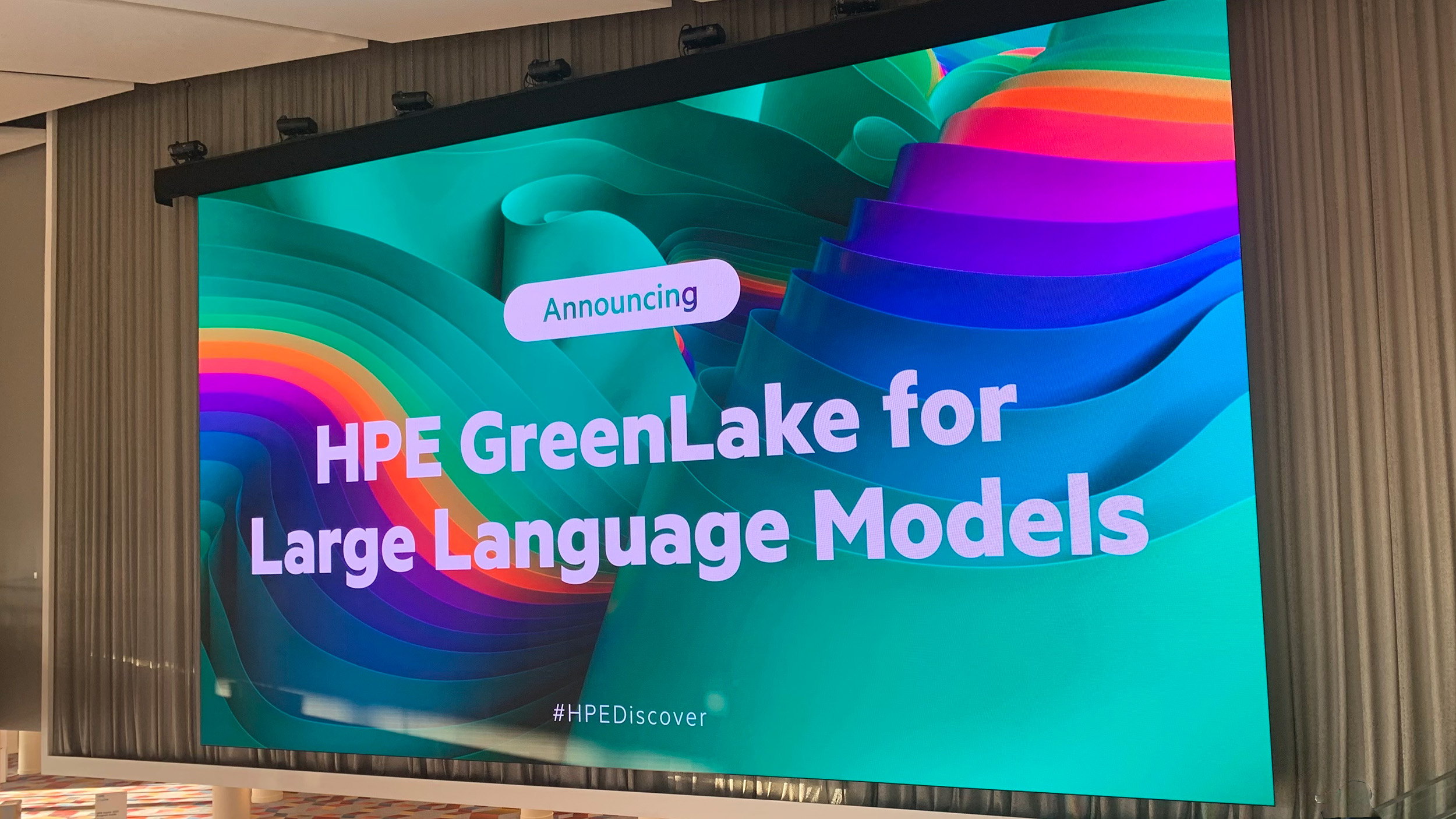
IDC estimates the global energy consumption of data centers in 2022 was 382 Terawatt Hours (TWh). With a compound annual growth rate (CAGR) of 16.0%, data center energy consumption will be at 803TWh by the year 2027. For comparison, a high-performance gaming laptop consumes roughly 150 kilowatt hours of electricity per year.
As generative AI becomes more commonplace, data center owners will be under increasing pressure to ensure their operations meet strict targets. A combination of sustainability reporting requirements, increased pressure from stakeholders, and strain on traditional data center resources may one day mean green data centers become the norm.
Lisa D Sparks is an experienced editor and marketing professional with a background in journalism, content marketing, strategic development, project management, and process automation. She writes about semiconductors, data centers, and digital infrastructure for tech publications and is also the founder and editor of Digital Infrastructure News and Trends (DINT) a weekday newsletter at the intersection of tech, race, and gender.
-
 Gender diversity improvements could be the key to tackling the UK's AI skills shortage
Gender diversity improvements could be the key to tackling the UK's AI skills shortageNews Encouraging more women to pursue tech careers could plug huge gaps in the AI workforce
-
 Researchers claim Salt Typhoon masterminds learned their trade at Cisco Network Academy
Researchers claim Salt Typhoon masterminds learned their trade at Cisco Network AcademyNews The Salt Typhoon hacker group has targeted telecoms operators and US National Guard networks in recent years
